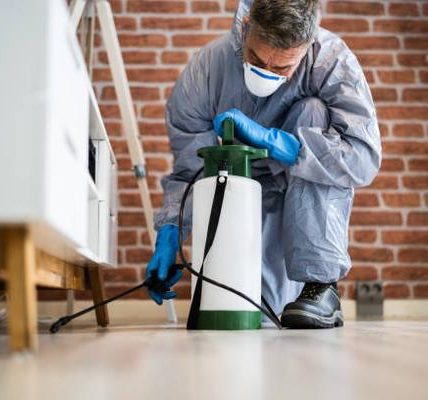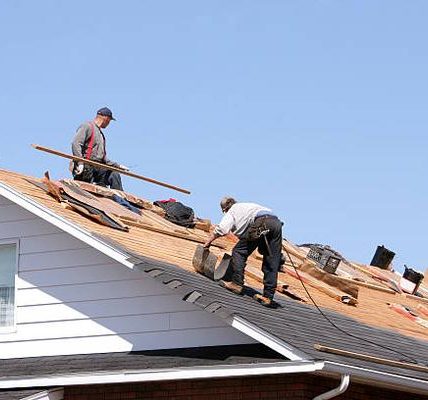Fire protection and inspection are critical components of maintaining safety in buildings and structures. Advanced techniques in fire protection and inspection have been developed to enhance the effectiveness of preventing fires and minimizing damage when they occur.
One advanced technique in fire protection is the use of automatic sprinkler systems. These systems are designed to detect fires early on and automatically release water to suppress the flames. They are highly effective in controlling fires before they have a chance to spread and cause extensive damage. In addition, automatic sprinkler systems can be integrated with alarm systems to alert occupants of a building to evacuate safely.
Another advanced technique in fire protection is the use of fire-resistant materials in building construction. These materials are designed to withstand high temperatures and prevent fires from spreading rapidly throughout a structure. Examples of fire-resistant materials include gypsum board, concrete, and steel. By incorporating these materials into building design, the risk of fires breaking out and causing significant damage is greatly reduced.
In terms of fire inspection, advanced techniques have also been developed to ensure that buildings meet safety standards and regulations. One such technique is thermal imaging technology, which allows inspectors to detect hot spots or potential fire hazards that may not be visible to the naked eye. this content technology enables inspectors to identify areas that require immediate attention or maintenance before a fire occurs.
Furthermore, drones equipped with cameras can be used for aerial inspections of buildings, providing inspectors with a comprehensive view of hard-to-reach areas or structures that may be at risk for fires. Drones allow inspectors to assess potential hazards quickly and efficiently without putting themselves at risk.
Additionally, advanced techniques in fire inspection include the use of computerized modeling software that simulates how a building would respond in the event of a fire. This software can predict how flames will spread throughout a structure based on various factors such as building materials, layout, and ventilation systems. By using this technology, inspectors can identify weaknesses in a building’s design or layout that may increase the likelihood of fires spreading quickly.
Overall, advanced techniques in fire protection and inspection play a crucial role in ensuring the safety of buildings and structures against fires. By utilizing technologies such as automatic sprinkler systems, thermal imaging cameras, drones, and computerized modeling software, inspectors can effectively assess risks and implement preventive measures to minimize the impact of fires when they occur. It is essential for property owners and managers to stay informed about these advancements in order to protect their investments and prioritize occupant safety.





